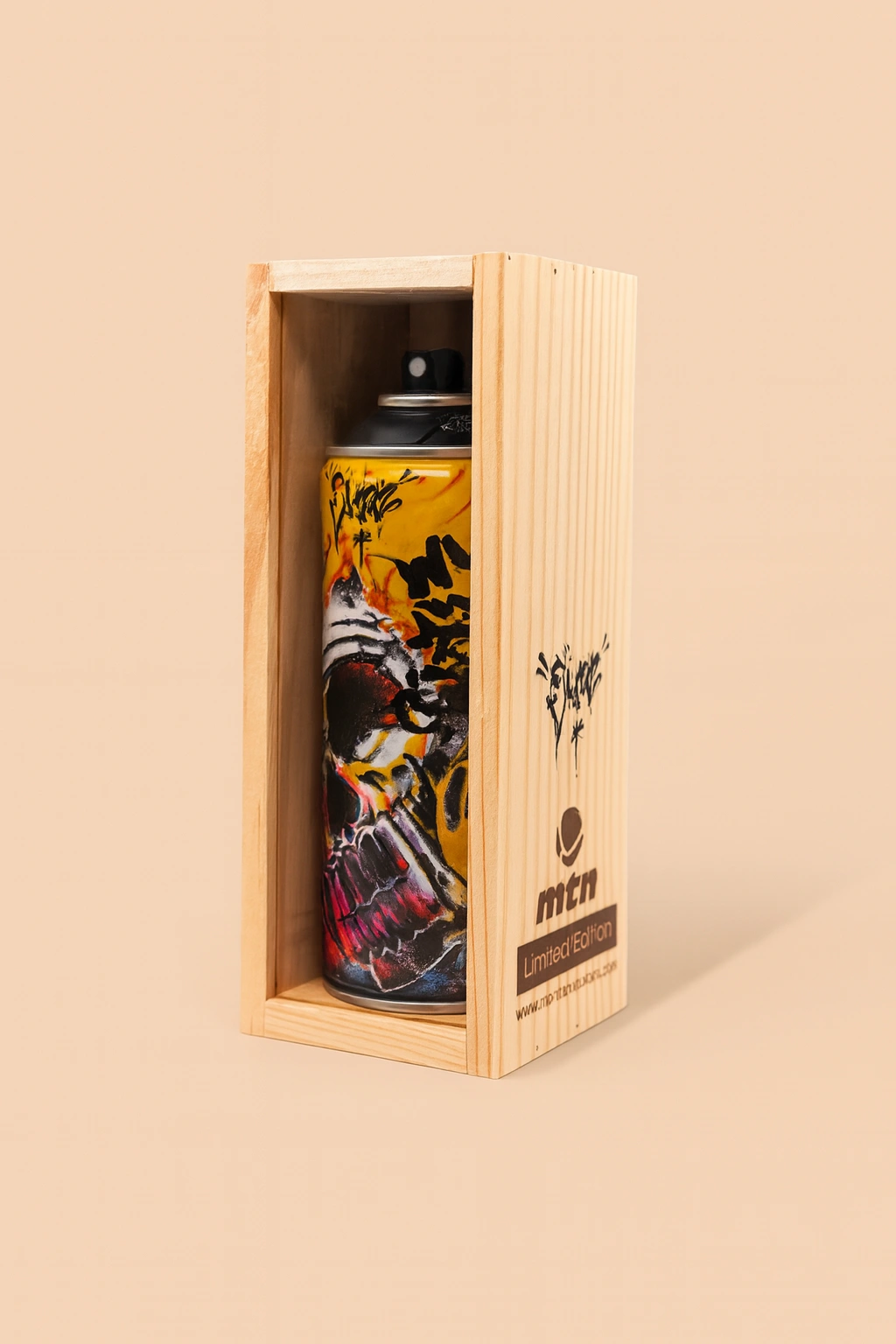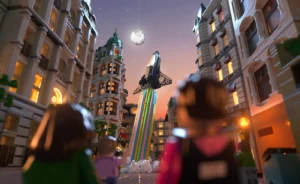Waiting is an inevitable part of life. Whether it’s waiting in line at the grocery store, sitting in traffic, or waiting for a long-overdue appointment, the experience can often feel like a test of patience. For many, waiting is a mundane, frustrating aspect of daily life—but for artists, it presents an opportunity. Artists have an arcane ability to turn downtime into creative exploration, using those seemingly empty moments to observe, reflect, and even create.
In many ways, waiting rooms have become a microcosm of modern life, mirroring our relationship with time, technology, and human interaction. Gone are the days of stumbling upon forgotten magazines or engaging in casual conversation with strangers. Instead, waiting rooms now present a scene of people staring blankly at their phones, disconnected from the physical world around them. Yet, for those with an artistic mindset, these spaces remain rich with potential for inspiration and observation.
The Waiting Room: A Study in Human Nature
A waiting room is often described as the least exciting of places—akin to a sock drawer. Much like rummaging through a pile of mismatched socks, one might find an interesting encounter or conversation, but more often than not, the experience is lackluster. However, for artists, these moments of stillness provide an opportunity to observe the nuances of human behavior, body language, and interaction.
Artists see beyond the obvious. A mundane moment spent watching people scroll through their phones becomes an exploration of gestures, expressions, and the subtle interplay of emotions that flicker across faces. The way someone absentmindedly taps their fingers on the armrest, the nervous glance toward the clock, the slight hunch of a weary posture—all of these details can serve as inspiration for future work, whether it’s a painting, a short story, or a song.
From Magazines to Smartphones: How Waiting Rooms Have Changed
Waiting rooms used to offer unexpected treasures—stacks of magazines, ranging from well-thumbed copies of The New Yorker to niche publications like Field & Stream. There was always the possibility of discovering an interesting article or learning something new while passing the time. Occasionally, one might stumble upon an in-depth interview with an artist or writer, leading to an unexpected spark of inspiration.
Today, however, those surprises are largely absent. The digital age has transformed waiting rooms into silent spaces filled with people staring intently at their screens. The once communal experience of flipping through magazines has been replaced by the solitary activity of scrolling through social media feeds. For artists who rely on serendipity and chance encounters for inspiration, this shift has created new challenges—but also new opportunities to look beyond the screen and explore deeper observations.
Turning Boredom into Creativity
Artists have long been known for their ability to transform boredom into creativity. Whether it’s doodling on a scrap of paper, jotting down observations in a notebook, or simply daydreaming, artists have an innate ability to make something out of nothing.
For a painter, the waiting room might inspire a series of character studies, capturing the essence of strangers in quick sketches. A writer might find inspiration in the snippets of overheard conversations, turning mundane dialogue into a compelling short story. A musician might tap out rhythms inspired by the hum of fluorescent lights or the distant sound of a receptionist typing.
Even the surroundings can become a source of creative fuel. The sterile walls, outdated furniture, and instructional posters on the anatomy of the human brain can spark ideas that might otherwise go unnoticed in the hustle and bustle of daily life.
Observing the Passage of Time
Waiting presents a unique opportunity to reflect on the passage of time—something that artists often grapple with in their work. Sitting in a waiting room, one becomes acutely aware of time’s slow crawl, the measured ticking of the clock, and the rhythmic opening and closing of doors. These observations can lead to deeper contemplations about mortality, routine, and the fleeting nature of life itself.
For an artist who has visited the same doctor for decades, waiting can also evoke a sense of nostalgia and personal history. Each visit serves as a marker of time, a reminder of the changes that have occurred over the years—not just physically, but emotionally and creatively. The doctor, once a fresh-faced newcomer, now a seasoned professional; the artist, once young and full of ambition, now reflecting on a lifetime of work and experience.
The Role of Patience in Art and Life
Patience is an essential virtue in both art and life. Whether waiting for inspiration to strike, for a painting to dry, or for a project to come to fruition, the creative process often requires long periods of waiting. Artists understand that some things cannot be rushed and that patience often leads to richer, more meaningful work.
In many ways, the waiting room becomes a metaphor for the artistic journey—filled with moments of uncertainty, anticipation, and discovery. It serves as a reminder that waiting is not wasted time, but an opportunity to observe, reflect, and create.
Finding Joy in the Ordinary
While waiting rooms may lack excitement, they offer a valuable lesson in finding joy in the ordinary. Artists have a unique ability to see beauty in the mundane and to transform everyday experiences into something extraordinary. Whether it’s the quiet hum of a waiting room, the fleeting glance of a stranger, or the simple pleasure of observing the world without distraction, these moments hold untapped potential for creativity.
By embracing the art of waiting, artists can cultivate a deeper appreciation for the present moment and discover inspiration in places where others might only see boredom. It is this perspective that allows them to continue finding meaning and beauty in an increasingly fast-paced world.
Tips for Making the Most of Waiting Time
For those who wish to adopt an artistic mindset during moments of waiting, here are a few practical tips:
Carry a Sketchbook or Journal: Use downtime to capture thoughts, observations, or quick sketches of your surroundings.
Practice Mindfulness: Pay attention to the details around you—colors, textures, sounds, and people’s movements.
Observe Without Judgment: Try to see people and situations from a neutral perspective, which can inspire deeper storytelling and artistic expression.
Limit Screen Time: Resist the urge to scroll mindlessly and instead engage with your environment.
Find Inspiration in Unexpected Places: Look at the design of the room, the shapes of objects, or the patterns on the floor as potential artistic elements.
The art of waiting is often overlooked in today’s fast-paced society, but for artists, it presents an opportunity to slow down and embrace the world in a new light. Whether sitting in a waiting room, standing in line, or simply pausing between life’s many commitments, these moments offer a chance to observe, create, and reflect.
In a world that constantly demands instant gratification, the ability to wait with intention is a valuable skill—one that can lead to deeper insights, richer experiences, and greater creative fulfillment. By learning to embrace the quiet moments of waiting, anyone can uncover the hidden potential that exists within them, turning downtime into a wellspring of inspiration.
No comments yet.








